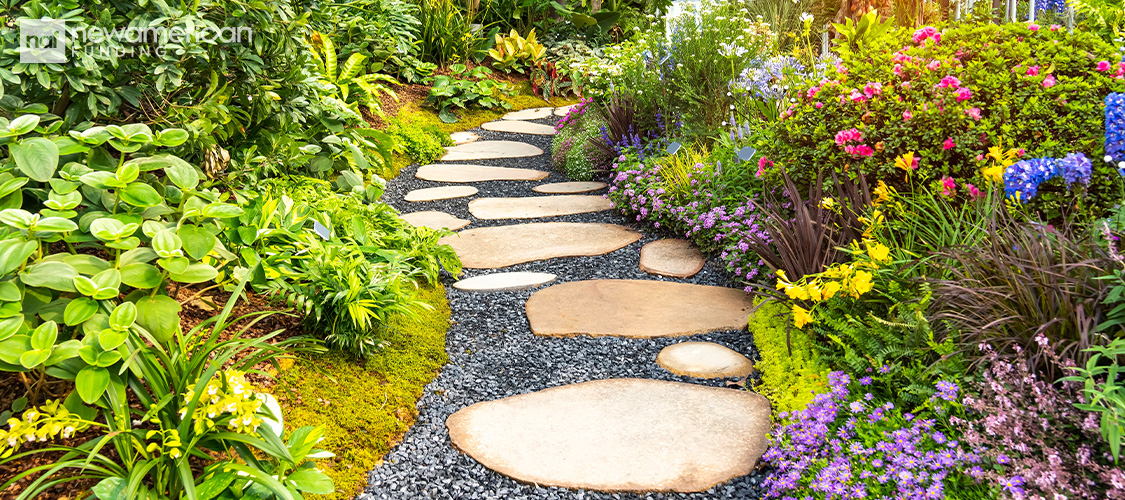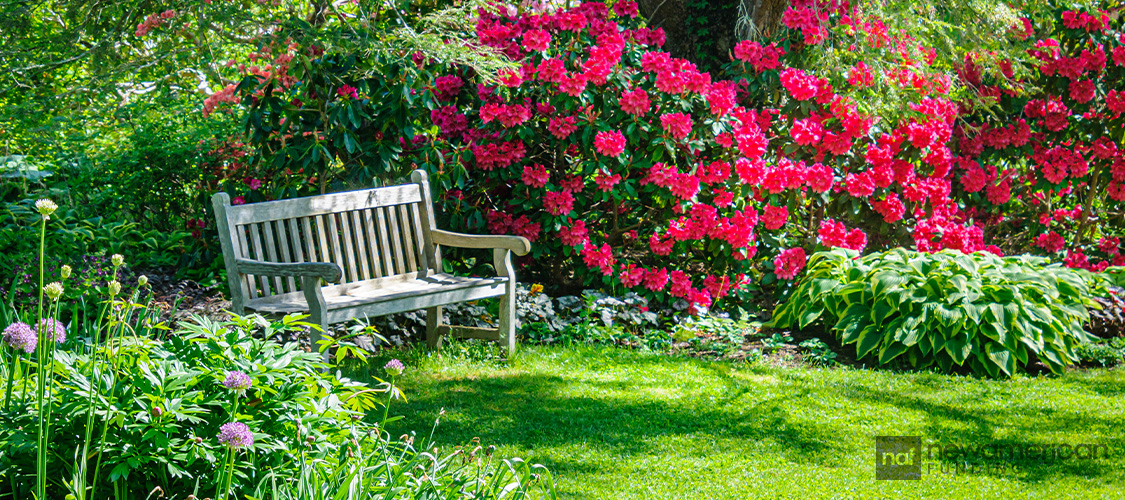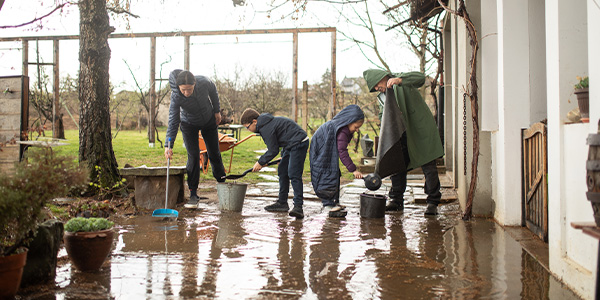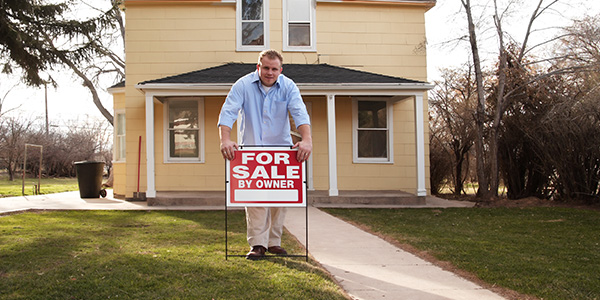Homeowners
Garden Goals: 7 Tips to Transform Your Yard into a Lush Garden Oasis
June 25, 2025
Creating a home garden can not only boost your curb appeal, but it can also become your personal outdoor oasis. Green thumbs can relax in their beautifully appointed yards, pick freshly grown fruit and vegetables, or just enjoy the scenic views.
When you’re planning a garden, it’s important to think through how the space will be used, what’s possible given the property, and what you hope to grow. Then you can begin to plan how you will landscape your yard.
“Gardens move on a different clock than we do,” said Seth Pearsoll, creative director and vice president of the Philadelphia Flower Show for the Pennsylvania Horticultural Society. “Things unfold in their own rhythm, not ours. You can’t rush a root or a bud deciding whether or not to open. That’s part of the draw.”
To begin your design plan, take the following things under consideration:
1. How do you hope to use your garden?
Ask yourself why you’re putting together a garden. Is it to create natural beauty? Are you hoping to derive a sense of calm from the outdoor space? Or are you trying to increase your curb appeal?
These observations can help you design a home garden that fits your life, said Pearsoll.
2. Examine the site of your future garden
Landscape design is about noticing what’s already happening on your site before making any decisions.
For example, see how the sun moves through the day. Where are the shady spots? Do shadows shift with the seasons? Is the soil naturally wet or dry? Is it sticky and clumpy or loose and crumbly?
“All of this observing—sun, soil, use, and intention—sets the foundation,” said Pearsoll.
Once you can determine these factors, you can build from there.
3. Build the structure of the garden first

It’s important to be realistic about time, access, water, and maintenance from the start.
Begin with paths, trees, evergreens, and major shrubs.
Then layer in the interest: perennials, bulbs, and groundcovers. This will give your garden color and create interest.
“If it looks good in winter, it’s usually a sign that the bones are solid,” said Pearsoll.
4. Choose layered garden borders
If you hope to create a classic approach, place tall plants in the back (or center if viewed from all sides), medium-height plants in the middle, and those lowest to the ground in the front.
“Think about sightlines, consider what you see from your porch, your kitchen window, or your path,” said Pearsoll. “Layering creates depth and flow, especially when plants are grouped in drifts.”
5. Pick a statement plant or garden feature

A statement piece is a plant or feature that calls to you—something you’d remark on. It’s what draws your eye.
Let that specimen anchor the garden and don’t overcrowd it with other plants or pieces.
“It could be a tree with beautiful bark, an unusual shape, dramatic blooms, or even just a striking silhouette,” said Pearsoll. “Build around it in a way that enhances its uniqueness.”
6. Give yourself time to build your garden
Since different plants bloom at different points throughout the year, it often makes sense to plant over multiple seasons.
This also gives you the opportunity to see what’s working—and what isn’t. It’s normal for certain plants to take a few years to fill out as is learning some of the bulbs you planted were duds.
“Gardens evolve, and you should feel free to evolve with them,” said Pearsoll.
7. Tips for building an edible garden

Not only is planting fruit, vegetable, and herbs in a home garden convenient, but it can also be a money-saver. Here’s how to create an edible garden:
- Pick an ideal spot. The place for your garden should be on level ground in a spot that gets at least six hours of full sun a day, or preferably more, according to the University of Maryland Extension.
- Choose a place with easy access to water. You want to ensure you can easily water your garden, so try to put it near an outside spigot or a water hose.
- Avoid sites that border trees and shrubs. Tall objects, like trees and large bushes, may block sunlight that your garden needs.
“A garden can benefit your home, your mood, and even your neighborhood,” said Pearsoll. “All good things take some time and attention, just like anything else worth doing.”






 Smart Moves Start Here.
Smart Moves Start Here.